- Home
- Seanan McGuire
Pocket Apocalypse Page 35
Pocket Apocalypse Read online
Page 35
—Kevin Price
Getting ready to head for the Brisbane Airport in Queensland, Australia
Twenty-nine days later
“YOU’RE SURE YOU CAN’T stay longer?” Charlotte fussed with the collar of Shelby’s shirt, pulling it up another quarter inch to cover the healing scratches on Shelby’s collarbone. “We’d be happy to have you, you know that.”
“I do know that, but I promised Alex’s family I’d bring him back, and we have to tell them we’re engaged.” Shelby gently pushed her mother’s hands away. “They’re going to worry if we don’t show up soon. Do you want them coming over here to make sure he’s all right?”
“It would make wedding arrangements easier,” commented Raina, without looking up from her Gameboy. Now that the werewolf threat was past and her sister wasn’t going to transform, she was back to focusing almost exclusively on the needs of her Pokémon, which were many and never-ending. “Get everyone on the same continent, kidnap a priest, problem solved.”
“No one’s kidnapping a priest,” scolded Charlotte. “It’s rude to abduct the clergy.”
“Let’s not start another crisis right this minute, all right?” asked Riley, walking in from the hall. He was still slow and shaky, and his injuries had been more severe than mine: it would take months for him to fully recover, if he ever did. But he hadn’t changed, and he wasn’t going to. Our anti-lycanthropy treatment had worked, thank God. After everything they’d been through, I didn’t think the Tanners could have survived shooting their patriarch.
Cooper hadn’t turned as many people as he’d wanted us to think—that, or most of them had chosen suicide over life as a free monster. Of the Thirty-Sixers who had been put into quarantine, only two had shifted, and both of them would be working with the Tanners and Dr. Jalali on a quarantine and containment protocol. They wouldn’t live long or healthy lives; the strain on their hearts would kill them years before they would otherwise have died. But they would live until then, and they would do it with the full support of the Society. If Cooper had believed he’d have that, maybe he wouldn’t have done what he did.
Or maybe he would. He’d been happy as a monster. Maybe some people are just looking for the excuse.
“But, Daddy, without a crisis, how are you to know we love you?” Shelby walked over and put her arms around his neck, careful of his healing injuries. “I’ll miss you.”
“Come home sooner this time,” he said, hugging her with equal care. “Gabby’s going to sing Carmen next semester. You should come hear her.”
“I will,” Shelby promised, and squeezed briefly before letting him go.
“And you.” Riley turned his focus on me. “Take good care of my little girl.”
“Daddy,” Shelby objected. “That’s patriarchal and rude.”
“I will, sir,” I said.
Gabby came thumping down the stairs with Flora on her shoulder, dragging Shelby’s suitcase. She moved surprisingly well for someone who had come home in the arms of a yowie, with two puncture wounds the size of quarters in her side. The wagyl’s venom had come with some sort of accelerated healing: the punctures had been covered by scar tissue inside of a week, and to look at her now, you would never know that she had been saved from becoming a werewolf via the intervention of a giant snake.
“Here’s the last of it,” she said. “You’re sure you can’t stay longer?”
“Positive,” said Shelby.
“You owe me five dollars,” I said.
She gave me a long-suffering look, and I laughed.
The rest of her family was looking at me in confusion—even Raina, who apparently thought that frowning at me was more important than whatever Pikachu was doing. “I bet her five bucks that you’d all ask,” I explained. “Gabby was the last one I was waiting for.”
“Should’ve gone for twenty,” said Riley.
I smiled. He smiled back. We might never be friends—our differences were great, and foundational—but he’d admitted that I wasn’t bad for his daughter, and that was all I’d ever really wanted. Well, that, and not turning into a werewolf. So far, I was batting a thousand.
Flora screeched and launched herself at Shelby, who caught the little garrinna and cradled her against her chest, making cooing noises. I watched her. This was her home, and her family: this was the world that had created her. I liked it more than I had expected to. One way or another, we’d be back, and probably sooner rather than later. The Thirty-Six Society was going to need to monitor the local livestock and wildlife for the next few years, to be sure lycanthropy wasn’t slumbering in the population, and an expedition to New Zealand was already in the offing. Basil needed his magazines and Tim Tams. Raina had promised to introduce him to the rest of her family, but that was going to take time. And while I trusted Charlotte and Riley to make an effort, they would probably need help learning how to relate to their local sapient cryptids. It’s hard to shrug off generations of training just like that.
But all those things were for later. Right here, right now, it was time for me and Shelby to go back to the States. We had records to update. I had a mouse memorial to attend—the funeral was long since past, but the rest of the colony would need the chance to mourn their fallen companion. And maybe most importantly of all, we had a wedding to plan.
Not too bad, for an Australian vacation.
Price Family Field Guide to the Cryptids of North America and Australia
Updated and Expanded Edition
Aeslin mice (Apodemus sapiens). Sapient, rodentlike cryptids which present as near-identical to noncryptid field mice. Aeslin mice crave religion, and will attach themselves to “divine figures” selected virtually at random when a new colony is created. They possess perfect recall; each colony maintains a detailed oral history going back to its inception. Origins unknown.
Basilisk (Procompsognathus basilisk). Venomous, feathered saurians approximately the size of a large chicken. This would be bad enough, but thanks to a quirk of evolution, the gaze of a basilisk causes petrifaction, turning living flesh to stone. Basilisks are not native to North America, but were imported as game animals. By idiots.
Bogeyman (Vestiarium sapiens). The thing in your closet is probably a very pleasant individual who simply has issues with direct sunlight. Probably. Bogeymen are close relatives of the human race; they just happen to be almost purely nocturnal, with excellent night vision, and a fondness for enclosed spaces. They rarely grab the ankles of small children, unless it’s funny.
Coatl (Coatl arbore). The coatl is a classic example of the plumed or feathered serpent. They are morphologically similar to boa constrictors (with feathers), but are likely evolutionarily derived from large monitor lizards. There are more than twenty-seven separate subspecies of coatl known, and many more have probably gone extinct, victims of urban expansion and people having an atavistic aversion to the idea of flying snakes.
Church Griffin (Gryps vegrandis corax). A subspecies of lesser griffin, these small, predatory creatures resemble a cross between a raven and a Maine Coon cat. They are highly intelligent, which makes them good, if troublesome, companions. They enjoy the company of humans, if only because humans are so much fun to mess with.
Cockatrice (Procompsognathus cockatrice). Venomous, largely featherless saurians approximately the size of a large chicken. This would be bad enough, but thanks to a quirk of evolution, the gaze of a cockatrice causes petrifaction, turning living flesh to stone. Cockatrice are not native to North America, but were imported as game animals. Again, by idiots.
Dragon (Draconem sapiens). Dragons are essentially winged, fire-breathing dinosaurs the size of Greyhound buses. At least, the males are. The females—colloquially known as “dragon princesses”—are attractive humanoids who can blend seamlessly in a crowd of supermodels. Capable of parthenogenic reproduction, the females outnumber the males twenty to one, and can sustain their populat
ion for centuries without outside help. All dragons, male and female, require gold to live, and collect it constantly.
Garrinna (Ochigrypas gilaa). Sometimes referred to as “the marsupial griffin,” these small, brightly-feathered creatures fill the same ecological niche as the miniature griffin. They just do it in Australia. The garrinna is best described as a cross between a Tasmanian wolf and a pink and gray parrot. They are roughly the size of Corgis, and capable of dismantling cars with their clever beaks. Their habitat is small, and shrinking by the year.
Gorgon, greater (Gorgos medusa). One of three known subspecies of gorgon, the greater gorgon is believed to be the source of many classic gorgon myths. They are capable of controlled gaze-based petrifaction, and mature individuals can actually look a human in the eyes without turning them to stone. They are capable of transforming their lower bodies from humanoid to serpentine. This is very unnerving. Avoid when possible.
Gorgon, lesser (Gorgos euryale). The lesser gorgon’s gaze causes short-term paralysis followed by death in anything under five pounds. The bite of the snakes atop their heads will cause paralysis followed by death in anything smaller than an elephant if not treated with the appropriate antivenin. Lesser gorgons tend to be very polite, especially to people who like snakes.
Gorgon, Pliny’s (Gorgos stheno). The Pliny’s gorgon is capable of gaze-based petrifaction only when both their human and serpent eyes are directed toward the same target. They are the most sexually dimorphic of the known gorgons, with the males being as much as four feet taller than the females. They are venomous, as are the snakes atop their heads, and their bites contain a strong petrifying agent. Do not vex.
Johrlac (Johrlac psychidolos). Colloquially known as “cuckoos,” the Johrlac are telepathic hunters. They appear human, but are internally very different, being cold-blooded and possessing a decentralized circulatory system. This quirk of biology means they can be shot repeatedly in the chest without being killed. Extremely dangerous. All Johrlac are interested in mathematics, sometimes to the point of obsession. Origins unknown; possibly insect in nature.
Lindworm (Lindorm lindorm). These massive relatives of the skink have been found in Europe, Africa, and North America, which makes them extremely well-distributed armored killing machines. They tend to pair off at maturity, and while adult lindworms will have very little territorial overlap, they are constantly aware of the location of their mate and any juvenile offspring still being tolerated in the area. Lindworms are very difficult to kill, more’s the pity.
Oread (Nymphae silica). Humanoid cryptids with the approximate skin density of granite. Their actual biological composition is unknown, as no one has ever been able to successfully dissect one. Oreads are extremely strong, and can be dangerous when angered. They seem to have evolved independently across the globe; their common name is from the Greek.
Screaming yam (Ipomoea animus). The screaming yam is exactly what it sounds like, and no, we don’t know why. The screaming yam is also delicious. That may explain why they scream so much.
Wadjet (Naja wadjet). Once worshipped as gods, the male wadjet resembles an enormous cobra, capable of reaching seventeen feet in length when fully mature, while the female wadjet resembles an attractive human female. Wadjet pair-bond young, and must spend extended amounts of time together before puberty in order to become immune to one another’s venom and be able to successfully mate as adults.
Wagyl (scientific name unknown). One of the great snakes of Australia. Virtually nothing is known about them, save that their bite can heal all ills, and that they are intelligent enough to bargain with.
Werewolf (species varies). Werewolves are not a species: they are the victims of a disease, lycanthropy-w, a form of therianthropic rabies which causes uncontrollable transformation, neurological dysfunction, and eventually death. Pity them, and avoid them at all costs, or their fate may be yours.
Yowie (Gigantopithecus yowie). These close relatives of the Sasquatch are found only in Australia. A fully grown yowie will stand somewhere between seven and nine feet in height, with dark brown skin which sometimes trends to olive green due to a biological process we do not fully understand. They tend to be swamp dwellers, although it is unclear whether this is voluntary, or a matter of “that’s where we can remain mostly hidden.” Yowie tend to be very pleasant. They also tend to be nudists. Approach at your own discretion.
PLAYLIST:
Everything’s better with music! Here are some songs to rock you through Alex’s Australian adventure.
“Lucky Ones”
The Band Perry
“Man On the Moon”
Phillip Phillips
“I Will Hold On”
Moxy Fruvous
“Learn to Fly”
Carbon Leaf
“Hard Candy”
Counting Crows
“You’re A Wolf”
Sea Wolves
“Wolves and Werewolves”
The Pack A.D.
“Do You Recall”
Royal Wood
“Winding Road”
Bonnie Somerville
“We Shall Come Home”
Oysterband
“Crystal Creek”
Dar Williams
“Bride of the Wolfman”
Ookla the Mok
“Better Sorry Than Safe”
Halestorm
“Bad Moon Rising”
Rasputina
“Sweet Hell”
Gin Wigmore
“Tear You Apart”
She Wants Revenge
“This Is Why We Fight”
The Decemberists
“Put the Gun Down”
ZZ Ward
“Nobody Flying”
We’re About 9
“You Tell Me”
Thea Gilmore
ACKNOWLEDGMENTS:
Wow. Four books in and we’re still going. This was Alex’s last big adventure for a while: thank you all so much for coming along to see how it would go and how much trouble he would get himself into. He’s a Price boy through and through, and that means a certain amount of chaos is inevitable. For book five we’ll be looking in on Verity and Dominic as Dance or Die gets ready for its first all-star season. I, for one, can’t wait.
Big thanks to my Australian betas, Gretchen McGhie and Amy Mebberson, without whom Shelby would sound a lot more Californian and a lot less like herself. They also double-checked my Australian sequences: while there are some intentional mistakes in Alex’s narration, since he didn’t have helpful Australians to correct his thoughts, the accidental mistakes are much rarer than they might have been otherwise. Thanks to Phil Ames, who will always be the man to blame, Dr. Bustos, who does his best to look like he understands a thing I say, and Nikki Purvis, latest target of my Mina-vations.
The machete squad continues to be amazing, and I really couldn’t do this without them. Kory Bing illustrates the fantastic Field Guide to the Cryptids of North America, which you can visit at my website—beware the drop bears—while Tara O’Shea’s dingbat and website design remains top-notch. I am the luckiest author in the world. Big thanks to my agent, Dia
na Fox, the entire team at DAW, and to Aly Fell, who brings these people to life in the most incredible way.
Thanks to my Disneyland darlings—Vixy, Doc, Amy, Jovanie, Amber, Sarah, and Margaret—and to the fine people of Pixie Hollow, who are remarkably tolerant about Faces With Pixies. Thanks to Borderlands Books, for putting up with me. Thank you, for reading.
Any errors in this book are my own. The errors that aren’t here are the ones that all these people helped me fix. I appreciate it so much.
Looking for more?
Visit Penguin.com for more about this author and a complete list of their books.
Discover your next great read!

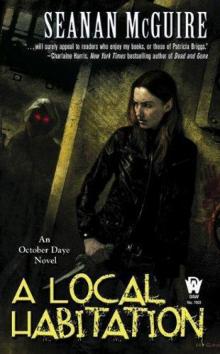 A Local Habitation
A Local Habitation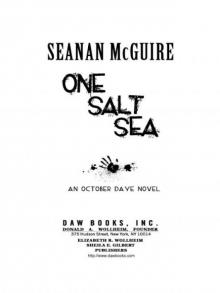 One Salt Sea
One Salt Sea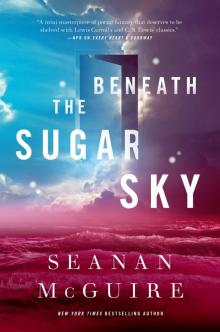 Beneath the Sugar Sky
Beneath the Sugar Sky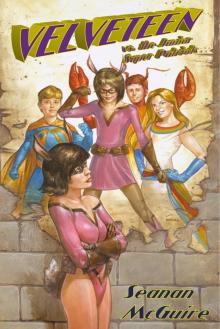 Velveteen vs. The Junior Super Patriots
Velveteen vs. The Junior Super Patriots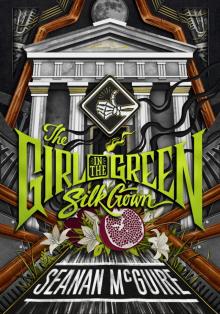 The Girl in the Green Silk Gown
The Girl in the Green Silk Gown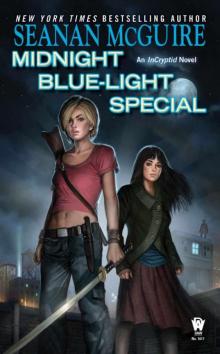 Midnight Blue-Light Special
Midnight Blue-Light Special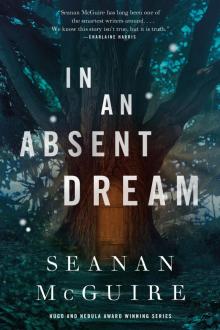 In an Absent Dream
In an Absent Dream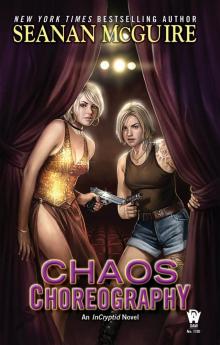 Chaos Choreography
Chaos Choreography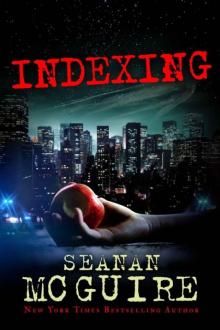 Indexing
Indexing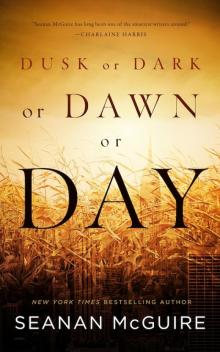 Dusk or Dark or Dawn or Day
Dusk or Dark or Dawn or Day Down Among the Sticks and Bones
Down Among the Sticks and Bones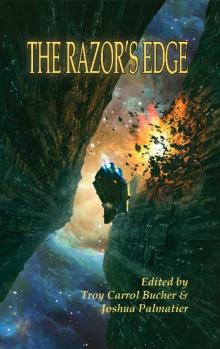 The Razor's Edge
The Razor's Edge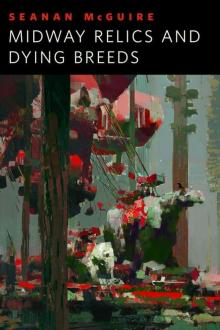 Midway Relics and Dying Breeds
Midway Relics and Dying Breeds Pocket Apocalypse
Pocket Apocalypse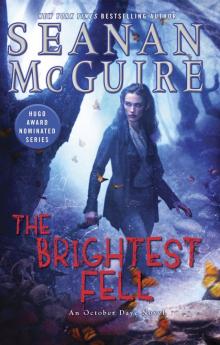 The Brightest Fell
The Brightest Fell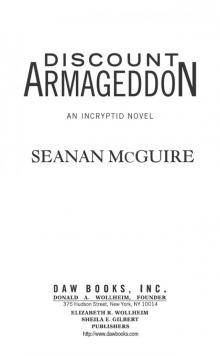 Discount Armageddon
Discount Armageddon Snakes and Ladders
Snakes and Ladders Chimes at Midnight
Chimes at Midnight Broken Paper Hearts
Broken Paper Hearts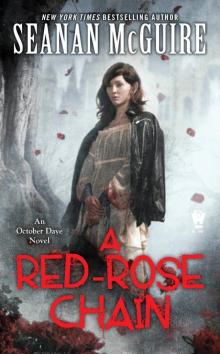 A Red-Rose Chain
A Red-Rose Chain Married in Green
Married in Green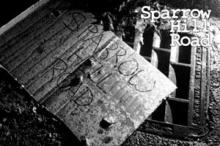 Sparrow Hill Road 2010 By Seanan
Sparrow Hill Road 2010 By Seanan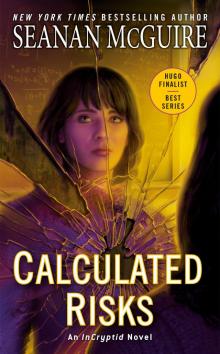 Calculated Risks
Calculated Risks Laughter at the Academy
Laughter at the Academy The Winter Long
The Winter Long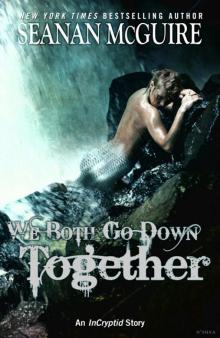 We Both Go Down Together
We Both Go Down Together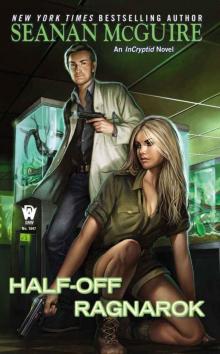 Half-Off Ragnarok
Half-Off Ragnarok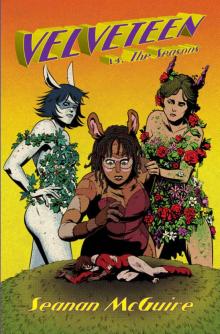 Velveteen vs. The Seasons
Velveteen vs. The Seasons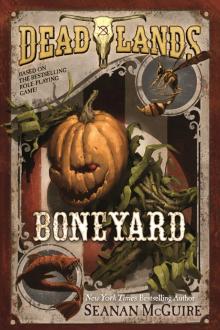 Boneyard
Boneyard A Killing Frost
A Killing Frost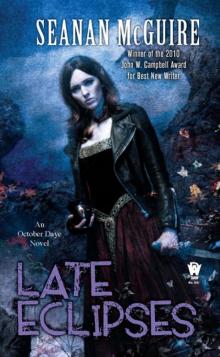 Late Eclipses
Late Eclipses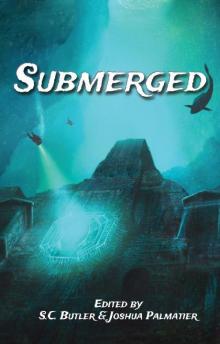 Submerged
Submerged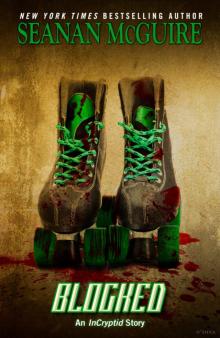 Blocked
Blocked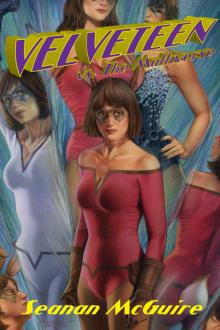 Velveteen vs. The Multiverse
Velveteen vs. The Multiverse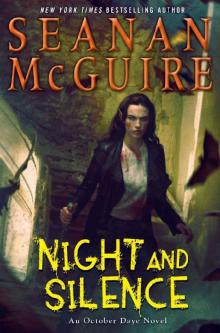 Night and Silence
Night and Silence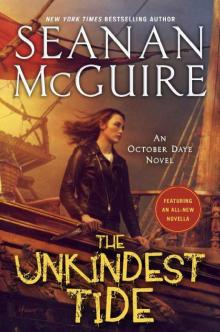 The Unkindest Tide (October Daye)
The Unkindest Tide (October Daye)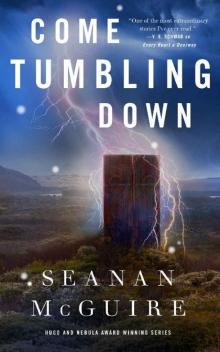 Come Tumbling Down (Wayward Children)
Come Tumbling Down (Wayward Children)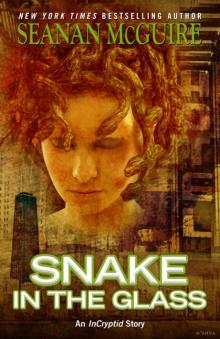 Snake in the Glass
Snake in the Glass Magic for Nothing
Magic for Nothing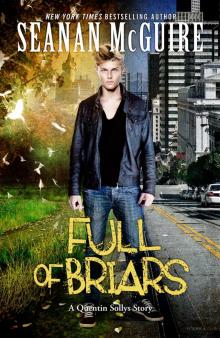 Full of Briars
Full of Briars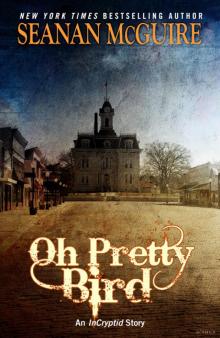 Oh Pretty Bird
Oh Pretty Bird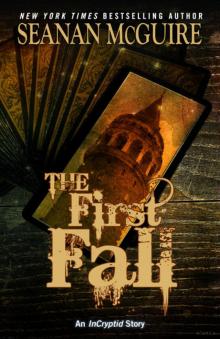 The First Fall
The First Fall Once Broken Faith
Once Broken Faith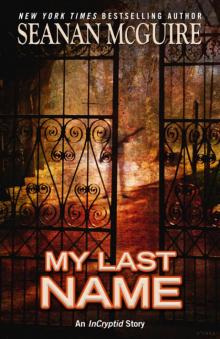 My Last Name
My Last Name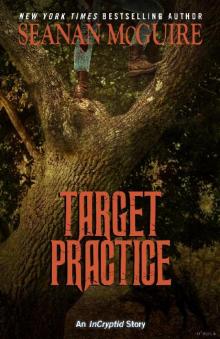 Target Practice
Target Practice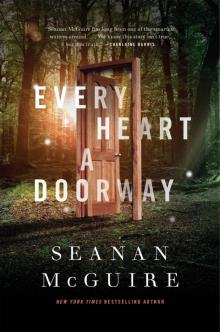 Wayward Children 01 - Every Heart a Doorway
Wayward Children 01 - Every Heart a Doorway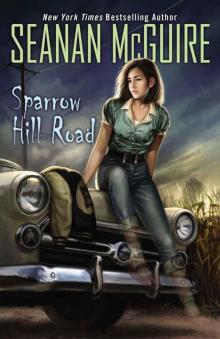 Sparrow Hill Road
Sparrow Hill Road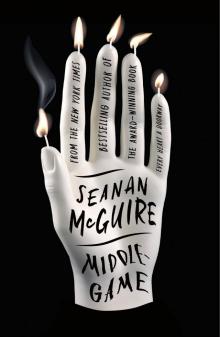 Middlegame
Middlegame Juice Like Wounds
Juice Like Wounds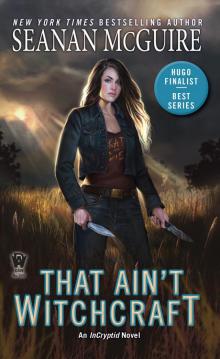 That Ain't Witchcraft
That Ain't Witchcraft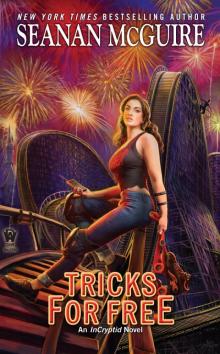 Tricks for Free
Tricks for Free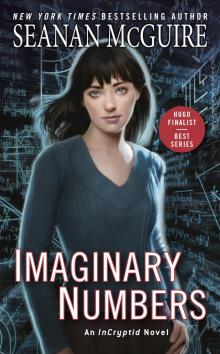 Imaginary Numbers
Imaginary Numbers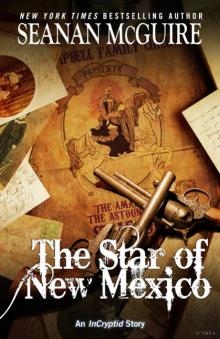 The Star of New Mexico
The Star of New Mexico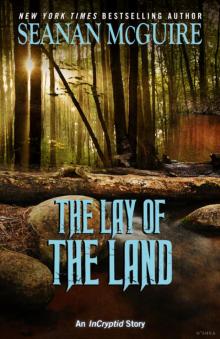 Lay of the Land
Lay of the Land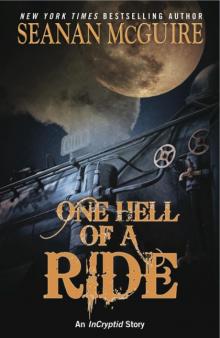 One Hell of a Ride
One Hell of a Ride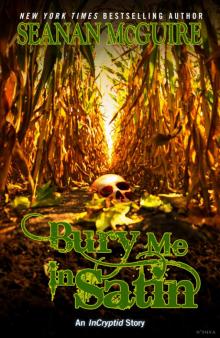 Bury Me in Satin
Bury Me in Satin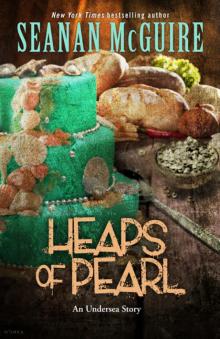 Heaps of Pearl
Heaps of Pearl Sweet Poison Wine
Sweet Poison Wine When Sorrows Come
When Sorrows Come Every Heart a Doorway
Every Heart a Doorway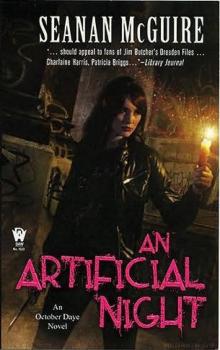 An Artificial Night - BK 3
An Artificial Night - BK 3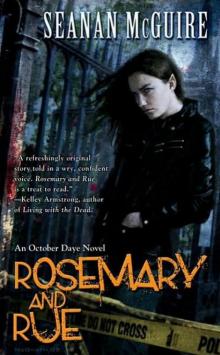 Rosemary and Rue
Rosemary and Rue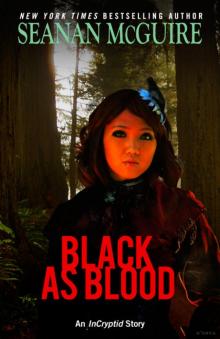 Black as Blood
Black as Blood Loch and Key
Loch and Key Discount Armageddon: An Incryptid Novel
Discount Armageddon: An Incryptid Novel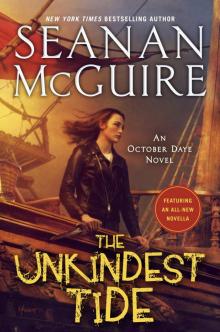 The Unkindest Tide
The Unkindest Tide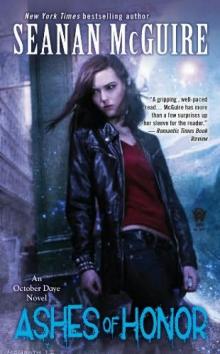 Ashes of Honor od-6
Ashes of Honor od-6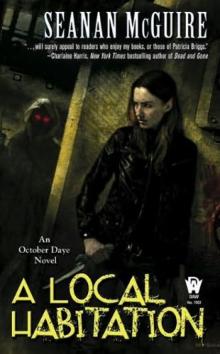 A Local Habitation od-2
A Local Habitation od-2 Waking Up in Vegas
Waking Up in Vegas The Ghosts of Bourbon Street
The Ghosts of Bourbon Street Midnight Blue-Light Special i-2
Midnight Blue-Light Special i-2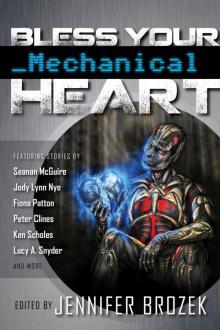 Bless Your Mechanical Heart
Bless Your Mechanical Heart Chimes at Midnight od-7
Chimes at Midnight od-7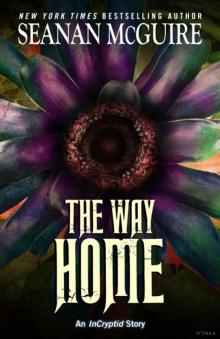 The Way Home
The Way Home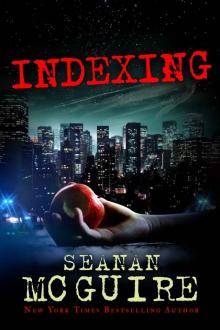 Indexing (Kindle Serial)
Indexing (Kindle Serial)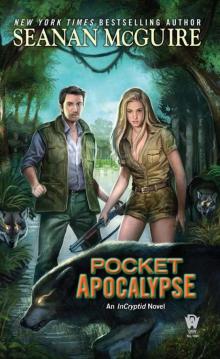 Pocket Apocalypse: InCryptid, Book Four
Pocket Apocalypse: InCryptid, Book Four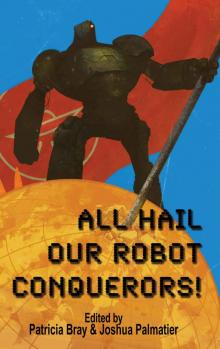 All Hail Our Robot Conquerors!
All Hail Our Robot Conquerors! Were-
Were-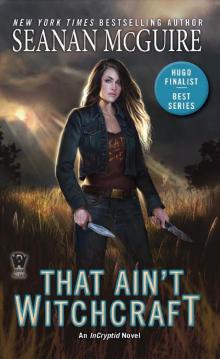 That Ain't Witchcraft (InCryptid #8)
That Ain't Witchcraft (InCryptid #8)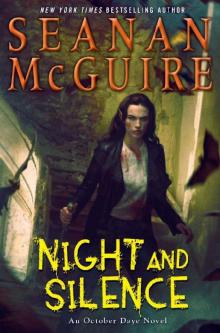 Night and Silence (October Daye)
Night and Silence (October Daye) Late Eclipses od-4
Late Eclipses od-4 Ashes of Honor: An October Daye Novel
Ashes of Honor: An October Daye Novel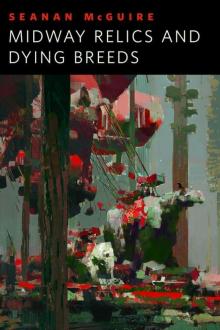 Midway Relics and Dying Breeds: A Tor.Com Original
Midway Relics and Dying Breeds: A Tor.Com Original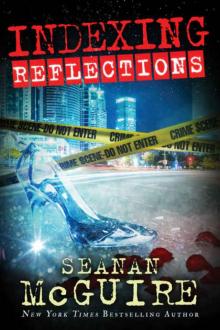 Indexing: Reflections (Kindle Serials) (Indexing Series Book 2)
Indexing: Reflections (Kindle Serials) (Indexing Series Book 2)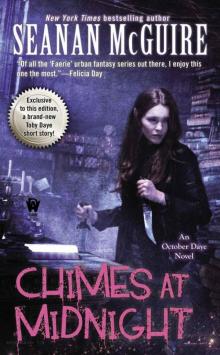 Chimes at Midnight: An October Daye Novel
Chimes at Midnight: An October Daye Novel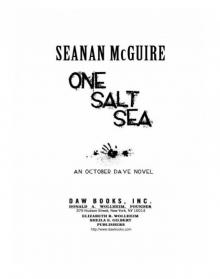 One Salt Sea: An October Daye Novel
One Salt Sea: An October Daye Novel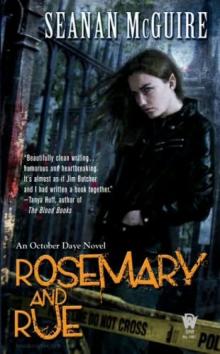 Rosemary and Rue od-1
Rosemary and Rue od-1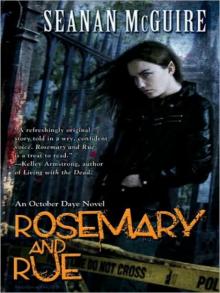 Rosemary and Rue: An October Daye Novel
Rosemary and Rue: An October Daye Novel Lightspeed Magazine Issue 49
Lightspeed Magazine Issue 49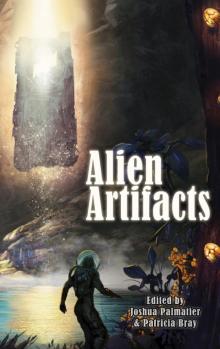 Alien Artifacts
Alien Artifacts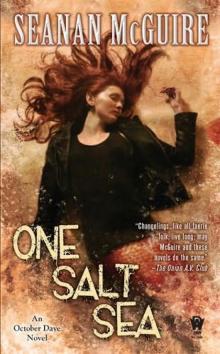 One Salt Sea od-5
One Salt Sea od-5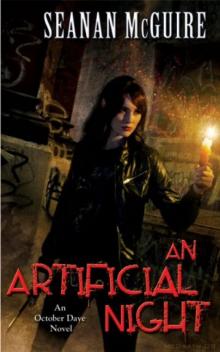 An Artificial Night od-3
An Artificial Night od-3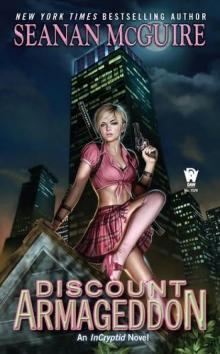 Discount Armageddon i-1
Discount Armageddon i-1